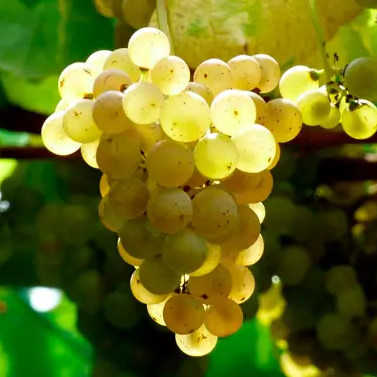
Albariño "Genio Y Figura" Bodegas Attis 2022, Rias Baixas
(1)
This fantastic and fashionable Albariño is a straw yellow in colour with a pronounced peachy nose. T…
RRP:
£0.00
£24.75
when you mix any 6+ bottles
RRP:
£27.50
Single Bottle


Bodegones Del Sur Albariño 2020
From two different vineyards in Maldonado, on the east coast of Uruguay: Garzón and Cerro del Toro. …
RRP:
£0.00
£13.05
when you mix any 6+ bottles
RRP:
£14.50
Single Bottle


Lunaria "Civitas" Pecorino Terre di Chieti IGP 2020
(2)
This biodynamic Italian white wine has a bright gold in colour in the glass and an aromatic nose. A …
RRP:
£0.00
£16.88
when you mix any 6+ bottles
RRP:
£18.75
Single Bottle


